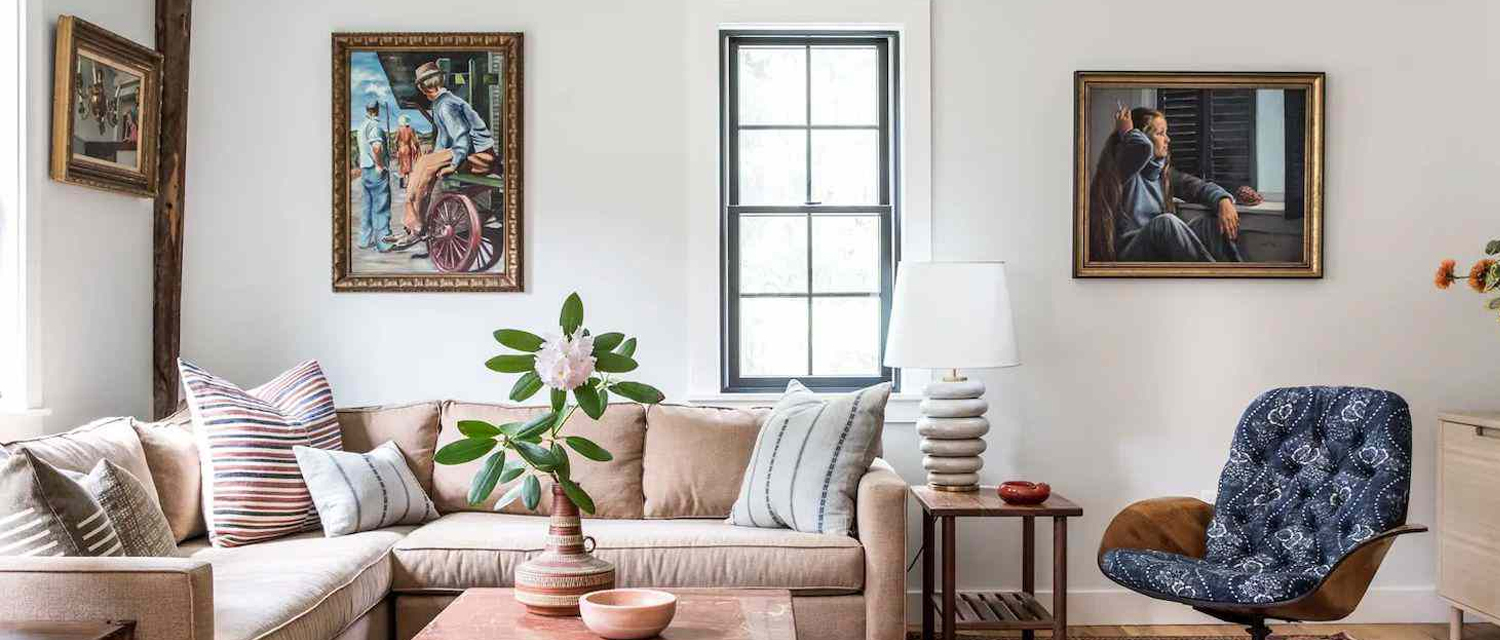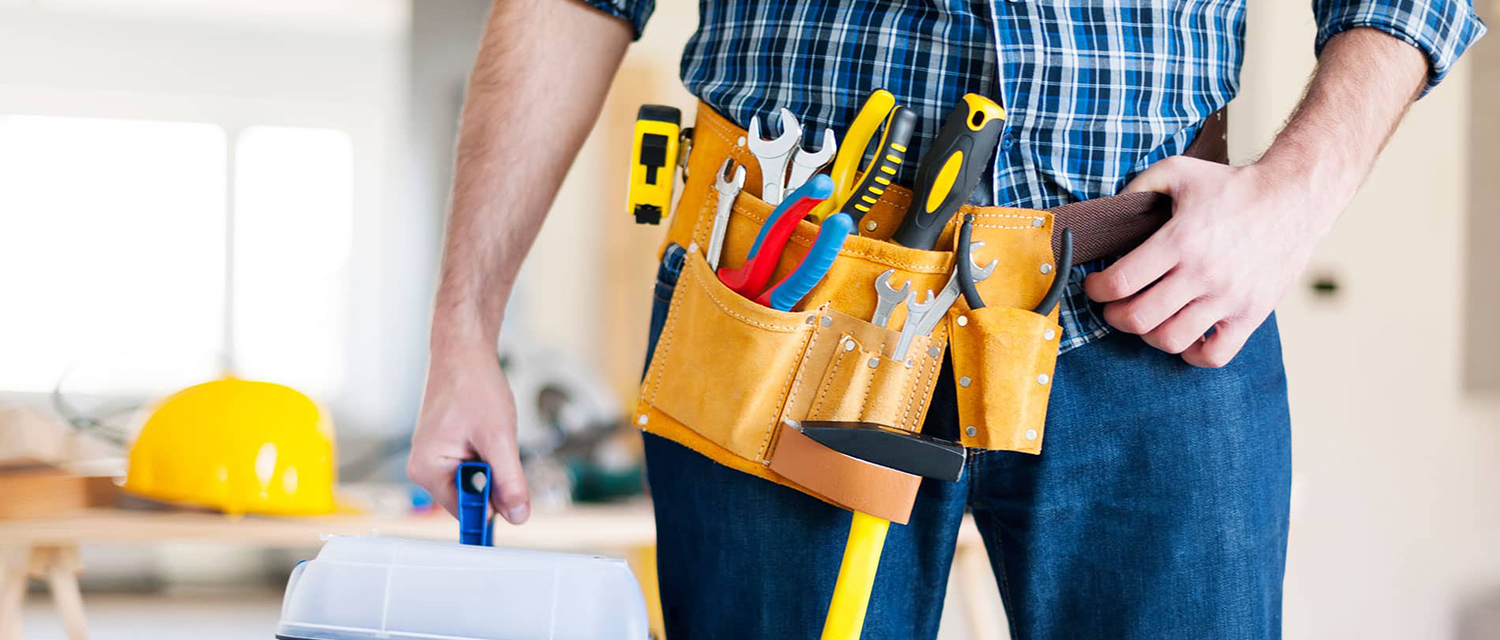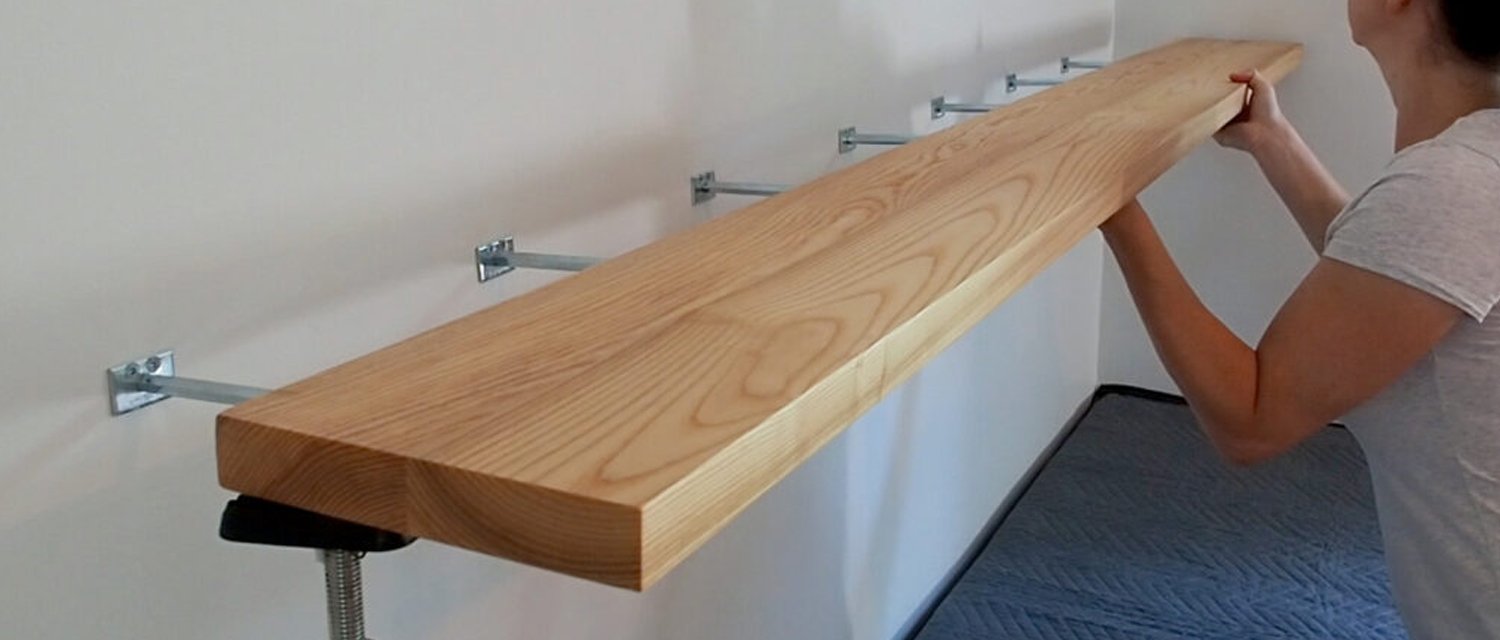Why Avoid Nails?
If you are a tenant, changing something in the house permanently may sometimes become a big issue. Fixing small holes and broken parts, as well as repainting can be a very tedious process. When deciding where to hang the artwork, you don’t have to face these dilemmas and you can change the look of a room whenever you want. For help with hanging art without causing damage, consider hiring an affordable handyman to ensure a hassle-free process and a perfect finish. Whether you're looking for a handyman in Melbourne, a handyman in Sydney, or a handyman in Brisbane, there are plenty of local experts who can assist with art installation using non-invasive methods.
Tools and Materials You'll Need to Hang a Wall Art
- Scale: For weighing your artwork, and selecting the proper kind of suspension for your project.
- Level: To hang your artwork straight.
- 3M Command Hangers or Velcro Strips: For a nail-free solution.
- Framed Pictures or Art: Your artwork is ready for display.
Ways to Hang Art Work Without Using a Nail
Adhesive Strips
The use of adhesive strips and hooks is one of the most common ways of hanging art pieces on a wall without the use of nails. There are small and large ones and can accommodate weights of about 3 and up to 16 pounds. These strips are ideal on smooth surfaces and do not pull out paint when you are removing them.
Steps to Use Adhesive Strips:
- Remove Protruding Hardware: Remove any wires, screws, nails, or any other hanging mechanism from the reverse side of your picture frame. Furthermore, remove the stands if they are a hindrance by making it impossible to place the frame flat against the wall.
- Clean the Surfaces: Clean the back of the frame with a clean cloth soaked in isopropyl alcohol and wipe the wall area where the frame will be placed. Allow the surfaces to dry thoroughly.
- Attach the Strips: Squeeze the two sides of each set of strips tightly. Take off the paper cover and stick the adhesive side onto the back of the picture. Hold for 30 seconds. For lightweight artwork, attach one set of strips at the top centre. For medium-weight items, you should install at least two sets at each top corner. For heavy pictures, use four sets: There are two in the top right corners and one on each right and left side.
- Press the Picture: Take out the liners and place the picture against the wall. Pull the two bottom corners of the picture apart to peel the strips away from the wall and press the strips with your fingers for 30 seconds.
- Wait: Let the strips dry for about an hour before hanging your artwork.
Adhesive Hooks
If your frame has a hook on the back, adhesive hooks are suitable to use in this case. These hooks can hold weights in the range of 1 to 8 pounds. For more numerous and massive pieces, it is better to install more hooks.
Steps to Use Adhesive Hooks:
- Prepare the Wall: Wipe the wall with a cloth and isopropyl alcohol.
- Attach the Hooks: Lift the paper liner off the back of the adhesive hook and attach it to the wall pressing down firmly. Hold for 30 seconds. After applying the paste, let it set for an hour before you start hanging your artwork.
- Hang the Artwork: Position the hook’s hardware on top of the adhesive hook.
Press-in Hooks
For heavier artwork, you may use press-in hooks such as Monkey Hooks, Gorilla Hooks or Hercules Hooks. These hooks are capable of holding weights, which range between 35 to 150 pounds. They create a small opening on the wall though one does not need a tool to fix them.
Steps to Use Press-in Hooks:
- Install the Hooks: Insert the other end of the hook far into the wall while exposing the small hook at the end. Make sure that the hook is in the right position before taking the photograph. In the case of very heavy pieces of furniture, always use more than one hook.
- Level the Hooks: Make sure to level with a level and check which hooks are at the same height.
- Hang Your Artwork: Hang it on hooks by using a wire that is strung along the back of the frame.
Command Strips
Command Strips are perfect for having a clean appearance on the wall. They are available in various sizes and are suitable for delicate items such as paper and wooden frames. They stick close to the wall hence it becomes easier to change the artwork without tracing any stains behind.
Steps to Use Command Strips:
- Prepare the Frame and Wall: As mentioned earlier, clean both surfaces.
- Attach the Strips: The process is the same as in the case of adhesive strips, but remember to apply the right number of strips depending on the weight of the artwork.
- Press and Wait: Once you have attached the hook, ensure that you press down firmly and wait for an hour before you can start hanging your art.
Command Hooks
For larger or heavier items, Command Hooks can support up to 7.5 pounds. If required, use one hook as a primary hook and before or after it use another hook, either higher or lower in rank. These hooks will extend from the wall a little bit, providing your artwork with that gallery aesthetic.
Steps to Use Command Hooks:
- Prepare the Wall: Wipe the wall with a cloth dipped in isopropyl alcohol.
- Attach the Hooks: Take off the paper liner of the adhesive side and place the strip against the wall. Let it blend for 30 seconds before it is left to settle for an hour.
- Hang Your Art: Put the wire or hardware of your artwork directly on the hooks.
Hanging Art from Molding
In the case where your home has picture rail moulding then this is the piece that you should use to hang the picture. It is also easy to change and is good for displaying different frames and kinds.
Steps to Use Molding:
- Choose Hooks: Try to search for hooks that are similar to the size of your moulding width.
- Use String or Rope: Hang a beautiful rope or string on the hooks with some form of elegance.
- Hang Your Art: You can put your pieces of artwork on a string or rope and hang them on the wall.
Using the Mantle
If you have a fireplace mantle, hang the large pieces of art on there as it will also prevent walls from being damaged, and make a statement in the room.
Steps to Use the Mantle:
- Clean the Mantle: Make sure that there are no objects on the mantle itself.
- Arrange Your Art: Position your artwork on the shelf of the fireplace, trying out various compositions.
Bookshelves
Modern bookshelves are not limited to books only. They can also be used to display artwork and save some space on the bookshelves for the kind of art you love.
Steps to Use Bookshelves:
- Clear Space: Remove anything that gives the impression that the shelf is already full or cluttered.
- Arrange Your Art: You can hang your framed artwork on bare shelves or between books.
The Wall Lean
If you have a large dresser or media console, use the top of it to learn artwork. The advantage of this technique is ease of execution and allows for large variations in terms of location.
Steps to Use the Wall Lean:
- Choose Your Space: Take off all the items stored on the upper rack of the dresser or console.
- Learn Your Art: Place the artwork on the surface and experiment with different positioning and layering of the images.
Easel Display
If you are decorating a large living room or dining area, it may be beneficial to incorporate an easel. This method is very helpful and exciting in adding to a statement piece.
Steps to Use an Easel:
- Find an Easel: Choose the right kind of easel for your artwork depending on the type of painting.
- Place Your Art: Place the artwork on the easel and make small modifications if necessary.
Clip It Up
To make the art come off more versatile, you should use clips, such as binder clips, clothespins, and office clips to hold the art. This method can easily be adapted and altered to fit different times and arrangements.
Steps to Use Clips:
- Attach Clips: Install clips on the wall where you wish to display your artwork.
- Insert Art: Trim your artwork to fit the space required. If needed, replace any of the elements for others.
Additional Tips to Hang a Wall Art Without Using Nails
- Measure First: The first step to follow is to ensure that you measure your artwork and the location where you intend to fix it. This aids in determining the right method and position.
- Check Weight Limits: Ensure that the hanging method that you choose can accommodate the weight of the particular piece that you want to display.
- Test and Adjust: After hanging, ensure that your art pieces are secure and fix any that may be insecure.
With these techniques, you can hang artwork without nails and still maintain the perfection of your walls. Try various methods and select the most suitable option for your specific context and environment. Have fun decorating and displaying your artistic creations in different ways!







